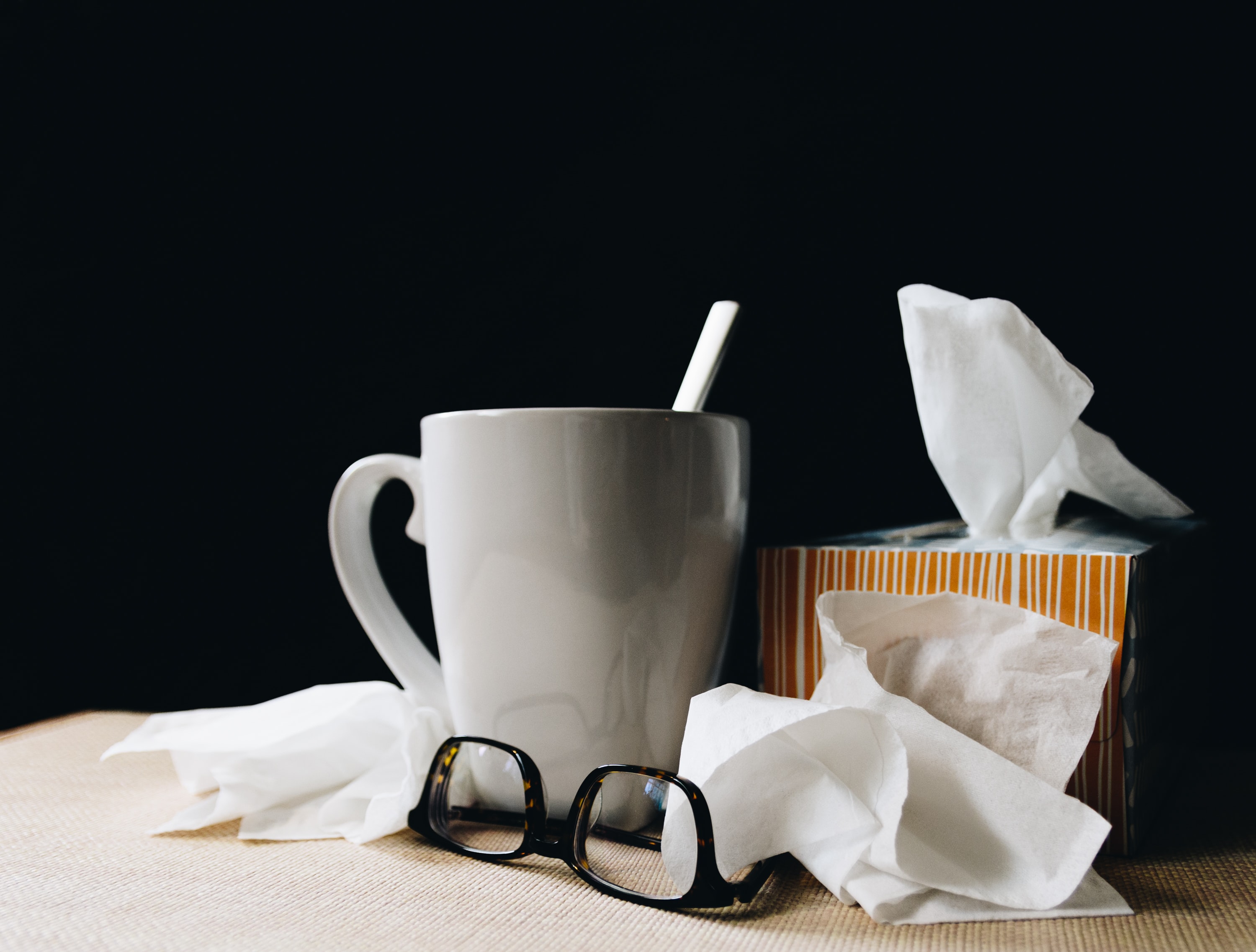Students are becoming more aware of viral illnesses as COVID-19 cases continue to rise among WSU Vancouver’s campus in the winter months. While catching a common cold may not seem as drastic, millions of cases appear within the U.S. each year, according to the Center for Disease Control and Prevention. With this dilemma in mind, The VanCougar presents a guide on how to protect yourself and others around you from getting or spreading infections.
The first step in avoiding a common cold is knowing how it spreads. As stated by Mayo Clinic, rhinoviruses are the most common type. These viruses cause colds to spread from person to person through droplets when someone coughs, sneezes or talks. Colds usually last about a week, with symptoms peaking after two to three days.
Several common cold symptoms could include coughing, sneezing, runny or stuffy nose, sore throat, watery eyes, body aches and mild fever, according to the Institute of Quality and Efficiency in Health Care. Many of these symptoms overlap with those of the flu, as well as COVID-19. Therefore, monitoring any signs of sickness closely is vital to keeping yourself and your community safe.
What to do to protect yourself:
Washing your hands limits the spread of germs to others and keeps harmful bacteria from infecting you through the eyes, nose and mouth. Make sure to wash your hands for at least 20 seconds, and avoid touching your face with unwashed hands. If you are unable to wash your hands with soap and water, keep an alcohol-based hand sanitizer handy. Also, remember to stay away from people who are already sick.
What to do to protect others if you are sick:
Stay home. By now, everyone should understand the importance of self-isolation. However, even mild symptoms should merit isolation as signs of a common cold are vastly similar to COVID-19. Additionally, use antibacterial wipes to disinfect frequently touched surfaces around your household such as countertops, doorknobs, phones and laptops.
How to heal:
An important step in recovering from the common cold is to get plenty of rest. As stated by Cleveland Clinic, colds are often contracted when the immune system is compromised from various factors, including lack of sleep, dehydration or overstress. It is necessary to slow down and allow yourself to rest, especially if you are experiencing cold symptoms.
It is also beneficial to drink lots of water, juice, tea and chicken or beef broths. Specifically, water is critical when helping your body metabolize, maintain a normal temperature and rid the body of wastes, according to the CDC. Hydrating is the quickest way to heal from a common cold, but it is also helpful to consume foods with high water content, such as fruits and vegetables too.
To relieve soreness from your eyes and nose, humidifiers are a great tool to improve moisture for dry and itchy skin. Additionally, you can clear your sinuses using a neti pot, which harnesses saltwater to rinse mucus from the nasal cavity. You can also place boiling water in a bowl and inhale the steam to clear sinuses, or breathe in steam from a hot bath or shower.
To ease a sore throat, drink honey in hot tea or use throat lozenges. Over-the-counter medicines and pain relievers like NyQuil can also relieve symptoms of the common cold.
When to see a doctor:
The CDC recommends seeking medical care if your symptoms last more than 10 days with no signs of improvement. See a doctor if you have a fever lasting more than four days, or if you have difficulty breathing. Colds are a respiratory illness that shares many symptoms with the flu, which can have serious consequences, including pneumonia or bacterial infections, so be sure to monitor worsening conditions and pay close attention if you have a fever.
As the winter season is still in full swing, knowing different types of illnesses and the common cold is beneficial to treating symptoms for a quicker recovery. Remember to protect yourself and others, focus on recovery and most of all, stay healthy.

Arabelle is a senior studying English at WSU Vancouver.
